Unraveling the Mystery: Home Inspection vs. Home Appraisal
When it comes to buying or selling a home, there are two critical processes that often create confusion for many individuals: the home inspection and the home appraisal. While they both play vital roles in a real estate transaction, their purposes, methods, and outcomes are entirely different. Let’s delve into the key differences between a home inspection and a home appraisal to better understand their respective roles.
Home Inspection:

Purpose: A home inspection is primarily for the benefit of the buyer. Its purpose is to provide a comprehensive evaluation of the property’s condition, identifying any potential issues, defects, or safety concerns. The goal is to empower the buyer with crucial information about the property’s structural integrity and operational systems.
Process: A licensed and certified home inspector conducts the inspection. They meticulously examine the property, focusing on various aspects such as the exterior, interior, roofing, plumbing, electrical systems, HVAC, foundation, and more. The inspector generates a detailed report, outlining their findings, including any existing problems and recommended repairs or improvements.
What’s Assessed: The home inspection primarily focuses on the condition of the property, ensuring the buyer is well-informed about its potential strengths and weaknesses. It’s an opportunity for the buyer to assess whether the property meets their expectations and if they should proceed with the purchase.
Timing: The home inspection usually takes place after the buyer and seller have signed the purchase agreement but before the closing. This allows the buyer to negotiate repairs or price adjustments based on the inspection report.
Home Appraisal:
Purpose: Unlike the home inspection, the home appraisal serves the interests of the lender. Its purpose is to determine the fair market value of the property. The appraisal ensures that the lender is not providing a loan for an amount higher than the property’s actual worth.

Process: A licensed appraiser, who is often hired by the lender, conducts the home appraisal. The appraiser evaluates the property’s size, condition, location, and comparable sales in the area. Based on this information, they determine the property’s appraised value.
What’s Assessed: The focus of the home appraisal is on the property’s market value rather than its condition. The appraiser aims to assess whether the agreed-upon purchase price is reasonable based on the current market trends and comparable sales.
Timing: The home appraisal is typically ordered by the lender after the buyer has applied for a mortgage. It occurs after the home inspection and before the final loan approval.
Outcome:
Home Inspection: The outcome of a home inspection is a detailed report that outlines the property’s condition and any issues found during the inspection. Based on this report, the buyer can negotiate repairs with the seller or, in some cases, reconsider their decision to purchase the property.
Home Appraisal: The outcome of a home appraisal is an appraisal report that determines the property’s market value. If the appraised value matches or exceeds the purchase price, it helps facilitate the mortgage approval process. However, if the appraised value is lower than the agreed-upon price, it could lead to renegotiations or, in some cases, the need for the buyer to cover the difference in cash.
In Summary: Home Inspection vs. Home Appraisal
In a nutshell, a home inspection focuses on the property’s condition and helps the buyer make informed decisions, while a home appraisal is all about determining the property’s market value to protect the interests of the lender. Both processes are crucial in a real estate transaction, providing valuable information to the parties involved and ensuring a smooth and successful home buying process.
